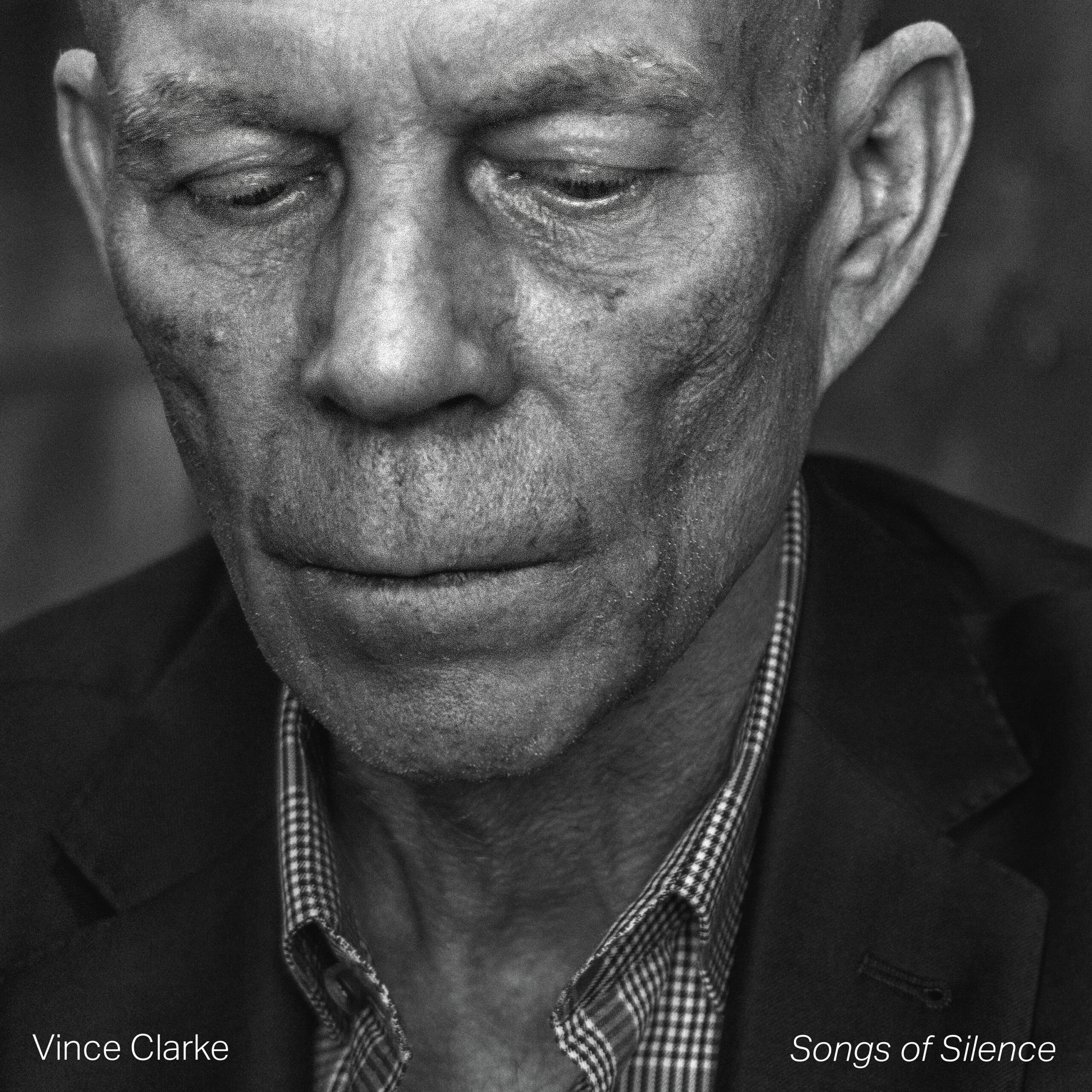Vince Clarke – Songs of Silence

There’s something strikingly human about Vince Clarke’s debut solo album. The silent partner in some of the biggest selling electropop groups of the last four decades (Depeche Mode, Yazoo, Erasure) he’s pictured on the album cover in stark monochrome that highlights every etched facial line.
It’s a sombre design that reflects the tone of the ten tracks, each of which is based around one note, generated from a Eurorack modular synth, and which maintain a single key throughout. This self-imposed restriction helped him to cope throughout lockdown, and it pushed him away from the bright pop with which he’s associated.
The instrumental tracks build from and around ambient drones, with the ghosts of Brian Eno and Tangerine Dream hovering over ‘Cathedral’ and ‘Last Transmission’. Elsewhere, Dead Can Dance foreshadow ‘White Rabbit’. Based on a repeated sequencer pattern, it conjures a frenetic energy that finally erupts into tribal drums.

So far so pleasantly background music, but it’s the incorporation of non-ambient influences that really set it apart. In the first instance these are drawn from classical, with Reed Hays’ sawing cello creating a sense of movement on ‘The Lamentations of Jeremiah’, and Caroline Joy adding operatic vocals that conjure the sacred work of Górecki on ‘Passage’.
Album highlight ‘Blackleg’, meanwhile, borrows from 19th-century folk. Sampling a man performing anti-scab protest ‘Blackleg Miner’, it brings a note of anger that’s relatable to many of those on strike today. It’s these details that lend the album a spiritual, humanist quality that speaks volumes.